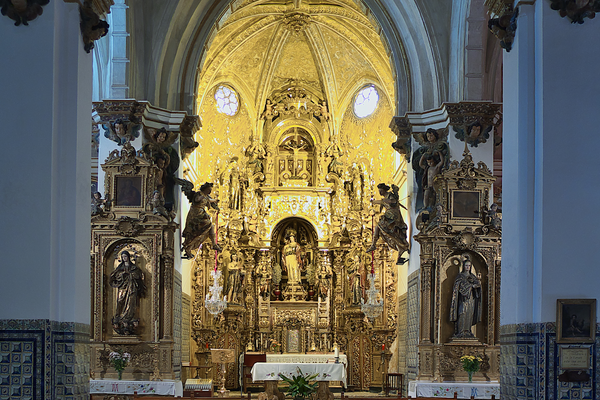Found: The ‘Cell’ of a 6th-Century Monk in Scotland
It’s where he prayed and wrote.

On Iona, an island off the western coast of Scotland, there’s an abbey and a nunnery, but there also used to be a wooden hut. The hut, which burned down long ago, was rumored to belong to Columba, the 6th-century saint who is credited with helping to bring Christianity to the region.
Last week, the University of Glasgow announced that they had, for the first time, found definitive proof that the hut does, indeed, date to the time of St. Columba. The hut is likely St. Columba’s “cell,” where he wrote while looking at the mountains.
“This discovery is massive,” Adrián Maldonado, one of the archaeologists who worked on the project, said.
The archaeologists used carbon dating to judge the age of some charcoal that was excavated from the location in 1957. The process confirmed that the charcoal was from the time of St. Columba.
“The remains on top of Tòrr an Aba had been dismissed as from a much later date,” Thomas Clancy, a historian at the University of Glasgow, said. “Now we know they belonged to a structure which stood there in Columba’s lifetime. More than that, the dates, and our new understanding of the turning of the site into a monument not long after its use, makes it pretty clear that this was St. Columba’s day or writing house.”
St. Columba was born in 521 and lived in Ireland until 563, when he was exiled to Iona after a bloody dispute with a local cleric. He died on the island in 597, having written 300 books in his lifetime, according to legend.













Follow us on Twitter to get the latest on the world's hidden wonders.
Like us on Facebook to get the latest on the world's hidden wonders.
Follow us on Twitter Like us on Facebook